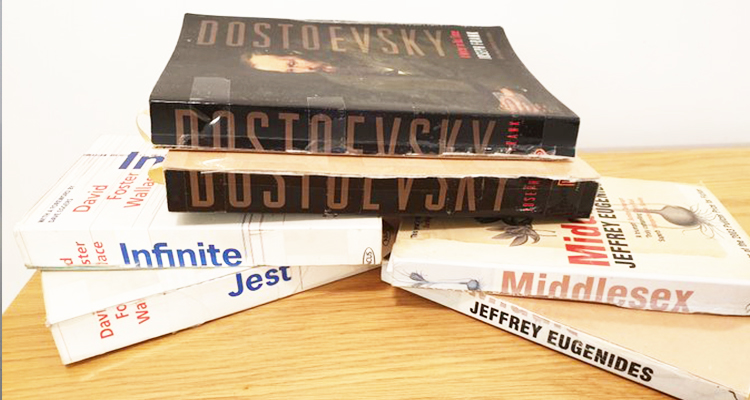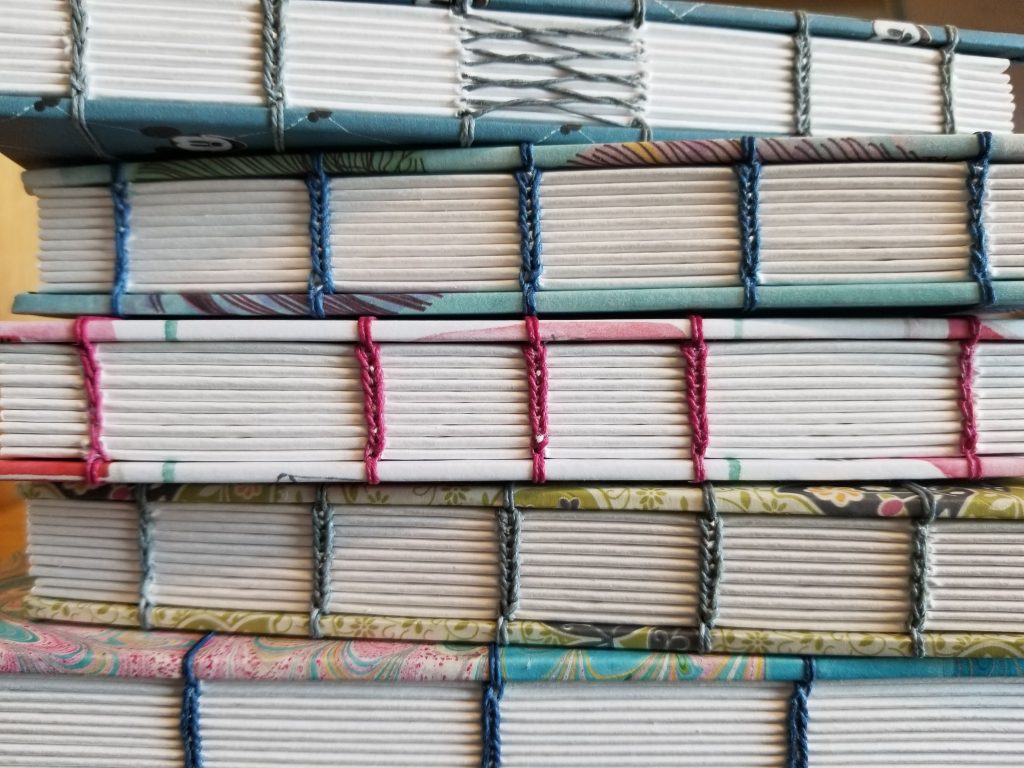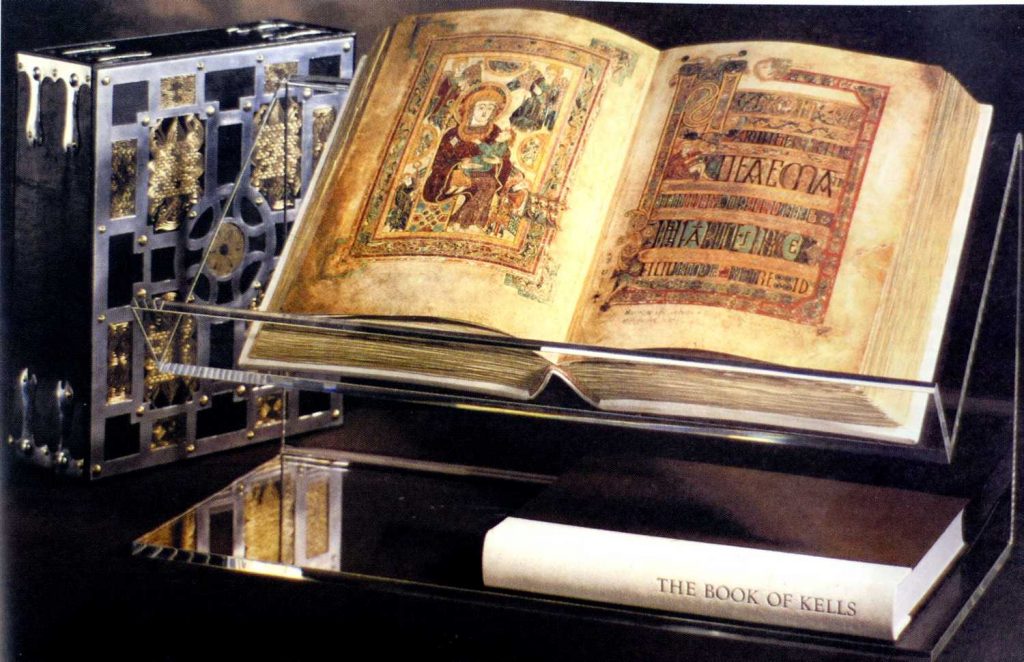If You Love Books, Cut Them In Half
Olivia Smith // Blog Director
Have you ever cut a book down its spine?
Back in January, The Washington Post published an opinion piece titled, “If You Love Books, Do Not Cut Them in Half.” The piece was a response to an editor’s Twitter thread asking if other readers cut their bigger books in half to be more portable. Rosenberg, the author, argued that treating books in this way is nothing short of murder.

Some of her points focused on practicality. She pointed out that many books keep their footnotes in the back, thus making them inaccessible if you only have the front half. Some books can also be complex and require frequent flipping back and forth in order to be fully understood and appreciated. These are all fine and valid points, and there’s certainly no need to cut books in half.
However, the center of Rosenberg’s argument is simply that cutting books shows a lack of appreciation for the book not just as an object, but as a symbol. As she put it, “Keeping your books whole is a way of keeping them alive.” And while I do think that books are alive, the inner contents often have little to do with that life.

As a bookbinder, I’ve made somewhere between 650 and 700 books. My love for the codex runs deep, and I can safely say that yes, I do see the physical value of books. However, not all books are built the same. Books are rarely handmade or even sewn these days, and the age of mass production has made intentional preservation unnecessary. Sure, there are some books that I don’t think should be cut in half (e.g., first-edition classics or extant manuscripts), but I’d be willing to guess that if you are in possession of a rare book, you aren’t thinking about slicing it.
Ultimately, Rosenberg’s argument boils down to this logic: “A book that’s been cut in half is a book that can’t be displayed, and that can’t very well be lent or donated.” This is another fair and logical point, but it very well misses a key fact: books don’t need to be displayed or pass hands. This idea relies on the notion of a bookshelf as a status symbol, but it isn’t. Your bookshelf will be no worse off if a few of its books are cut down the middle. And, of course, the magical thing about books is that they can be repaired and rebound. A broken book need not stay one forever.

Perhaps the perfect example of a “murdered” book would be the infamous Book of Kells. The gorgeous illuminated manuscript has managed to survive and become an icon of the extant codex and, in some ways, historic Ireland. However, the Book of Kells has been sliced at least three times to be rebound. In fact, it has been cut into four pieces and left that way: what once was a single collection of the Gospels has since become a set of four individual books.
Though the Book of Kells was rebound out of necessity rather than preference, it was still done out of a need for a different function. Though the bookbinder in me is devastated that its original binding did not survive, the realist in me knows that its rebinding was necessary, or else the entire manuscript would have been lost to time. And while a book cut in half for ease of transportation may not be revered, it is functioning as it should. The vast majority of books are meant to be read and enjoyed. If it’s easier to read and enjoy a book when it’s thinner, then it is fulfilling its purpose.
There are many ways to destroy books, but reading them is not one.
